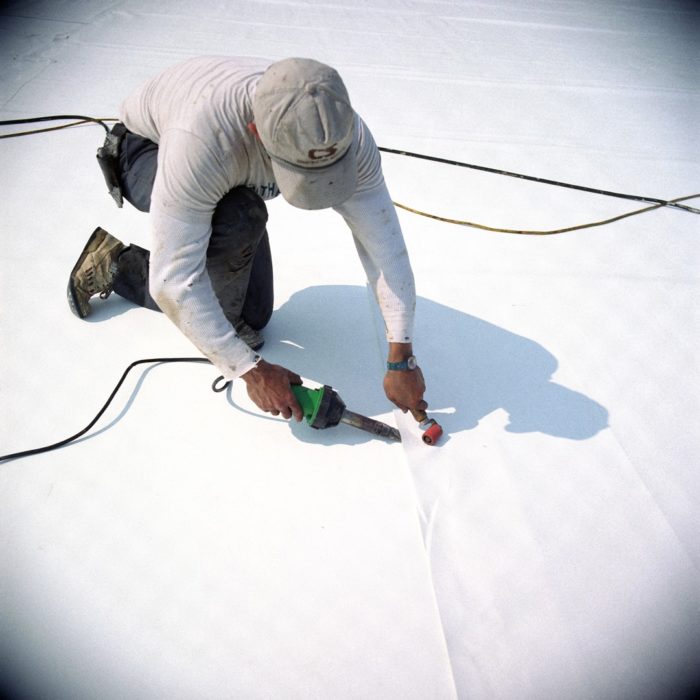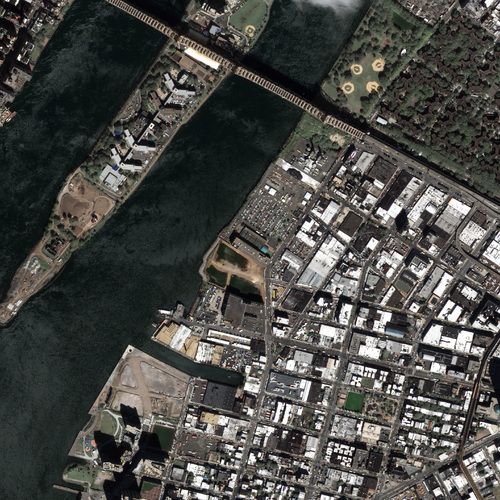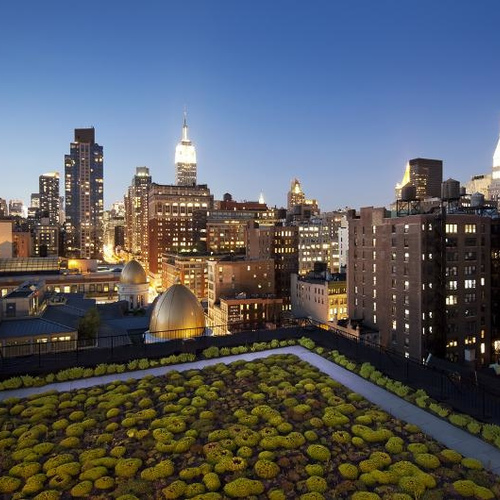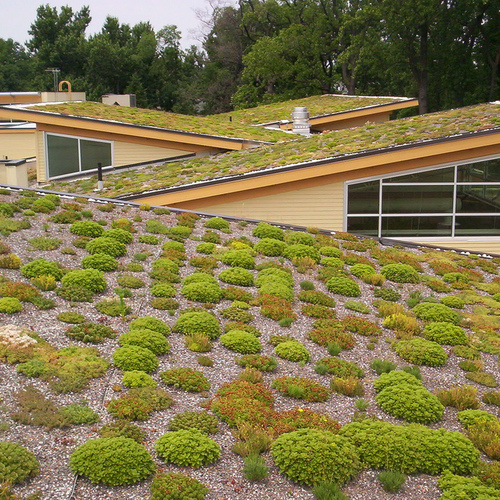
Image Credit: National Renewable Energy Laboratory / Department of Energy
Researchers at the Lawrence Berkeley National Laboratory have found that the widespread use of reflective roofing has the potential to save cities millions of gallons of water while also lowering ambient air temperatures.
Outdoor water consumption would drop by as much as 9% with the widespread use of cool roofs, according to climate simulations for 18 counties in California. If all of the buildings in Los Angeles County had reflective roofs, water savings would equal 83 million gallons per day in reduced demand for landscape watering.
The study, “Water Conservation Benefits of Urban Heat Mitigation,” was published in Nature Communications.
“This is the first study to look at the link between water and heat mitigation strategies in urban areas,” Pouya Vahmani, one of the researchers, said in an article posted by the lab. “You might not do cool roofs just to save water, but it’s another previously unrecognized benefit of having cool roofs. And from a water management standpoint, it’s an entirely different way of thinking — to manipulate the local climate in order to manipulate water demand.”
The backdrop for the study is the way in which global climate change is expected to increase “water stress” in urban areas. Because of its Mediterranean climate, densely populated urban areas, and history of water shortages, California looked like a good place to study the connection between reflective roofs and water savings.
Benefits would still depend on people
Reflective roofing could lower ambient temperatures in urban areas by as much as 1.5°C (2.7°F) and reduce the amount of water needed to water lawns and other landscaping. But the researchers admit that potential gains would be lost if homeowners didn’t catch on.
“There is a key assumption in here that people would adjust their irrigation behavior in response,” researcher Andrew Jones said. “In order to reap the benefits, we would need people to be aware of the appropriate amount of water, or else use sensors or smart irrigation systems, which are a good idea anyway.”
Jones and Vahmani used a regional climate model, backed by data on the demand for irrigation water in northern California, to reach their conclusions. They ran simulations for a 15-year period in 18 counties in both northern and southern parts of the state, with water savings ranging from 4% to 9%.
Per capita, irrigation savings from cool roofs ranged from 1.87 to 15.4 gallons per day, with the highest potential savings coming in the southern part of the state.
“In fact, total cool-roof-induced water savings in the three southern counties of Los Angeles, San Diego, and Orange (~150 million gallons per day) are nearly equivalent to the total water savings in other 15 studied counties in California combined,” the study said.
One other caveat: researchers said that converting landscaping in urban areas to save water also can have the unintended effect of pushing up ambient temperatures. They cited a study showing that completely halting irrigation in the Los Angeles metro area would result in a rise of daytime temperatures of as much as 1.9°C.
“These results show that the warming signal from strategies that focus only on outdoor water use reductions can meaningfully offset the cooling effects of a major heat mitigation strategy, such as citywide cool-roof deployment,” they wrote.
Weekly Newsletter
Get building science and energy efficiency advice, plus special offers, in your inbox.














0 Comments
Log in or create an account to post a comment.
Sign up Log in